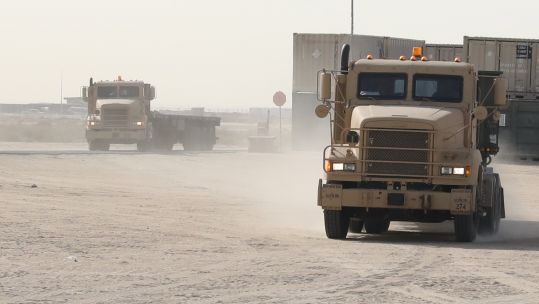
Afghanistan: US Withdrawal Up To One-Quarter Complete
Five US-controlled installations in Afghanistan have been handed back to the Afghan Defence Ministry so far.

Five US-controlled installations in Afghanistan have been handed back to the Afghan Defence Ministry so far.
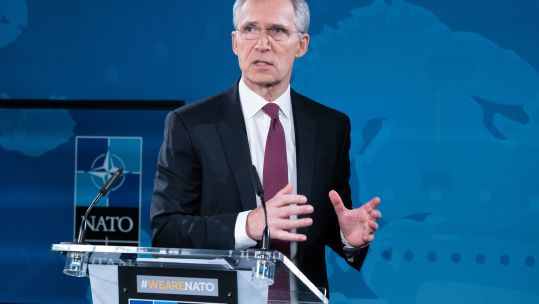
NATO started to withdraw from Afghanistan on 1 May but the alliance plans to continue training Afghan soldiers outside the country.
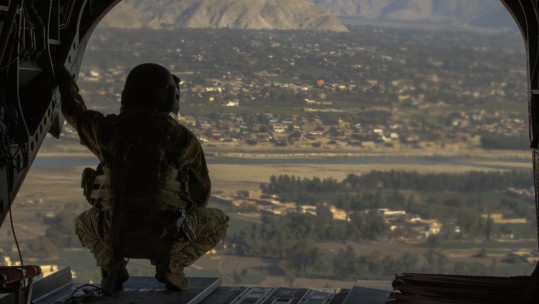
General Scott Miller also told the BBC he expects Taliban violence to worsen after the Eid ceasefire.

A former commander of British forces in Iraq has outlined the issues posed by withdrawing troops from a country.
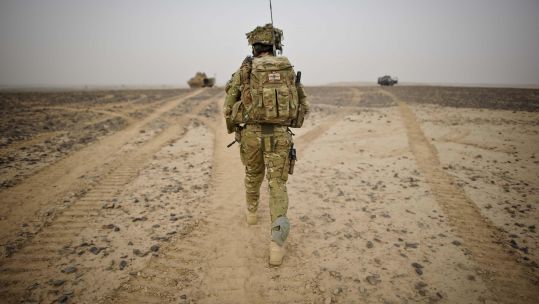
More than 450 British personnel have died in Afghanistan since the start of operations in 2001.

As the withdrawal continues, US officials are being careful not to disclose troop numbers in Afghanistan.
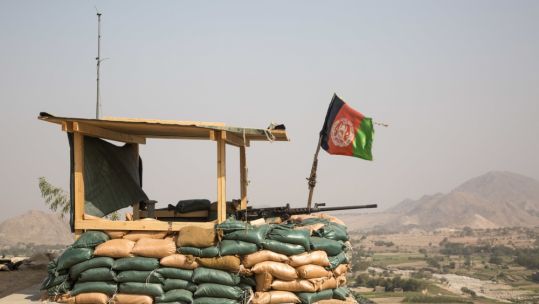
Recent attacks in Afghanistan have underlined concerns that violence could spread once US and coalition forces withdraw.

US Secretary of Defense Lloyd Austin said the US will remain partners and "continue to support" Afghanistan.
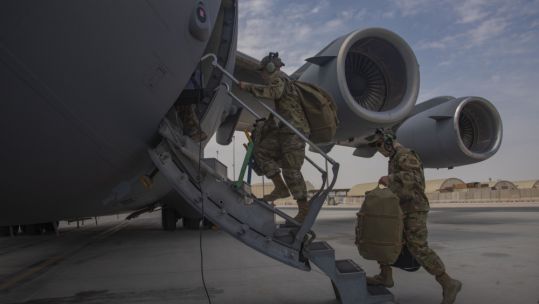
1 May officially marks the deadline date of troops withdrawing, agreed with the Taliban in 2020.
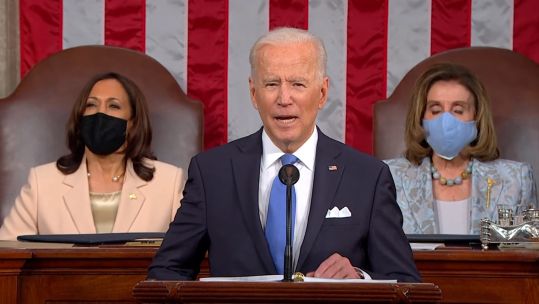
In his first speech to Congress, US President Joe Biden said after 20 years of 'valour' it was time to bring American troops home.

A defence minister has suggested a review will be carried out into Britain's military involvement in the country.

British forces have been in Afghanistan since 2001 and ended combat operations more than six years ago.

General Sir Nick Carter, the Chief of the Defence Staff, spoke as NATO troops prepare to drawdown in May.

US President Joe Biden announced earlier in the week that American troops will leave Afghanistan by 11 September.
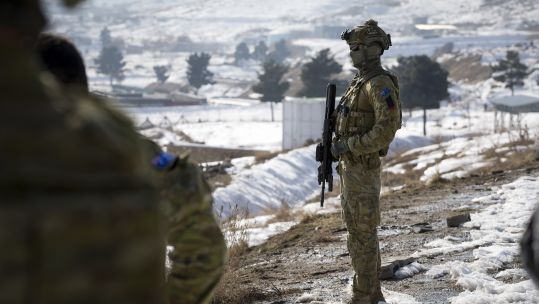
Australian Prime Minister Scott Morrison said the move "represents a significant milestone in Australia’s military history".
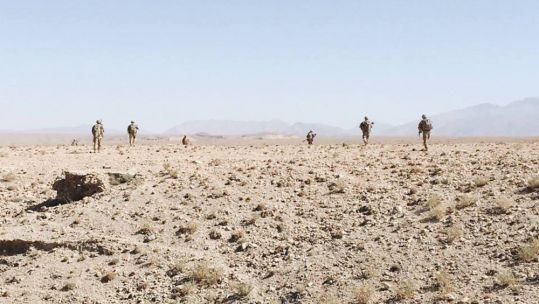
Vowing to end "America's longest war", the US President stated that the United States will "not conduct a hasty rush to the exit".